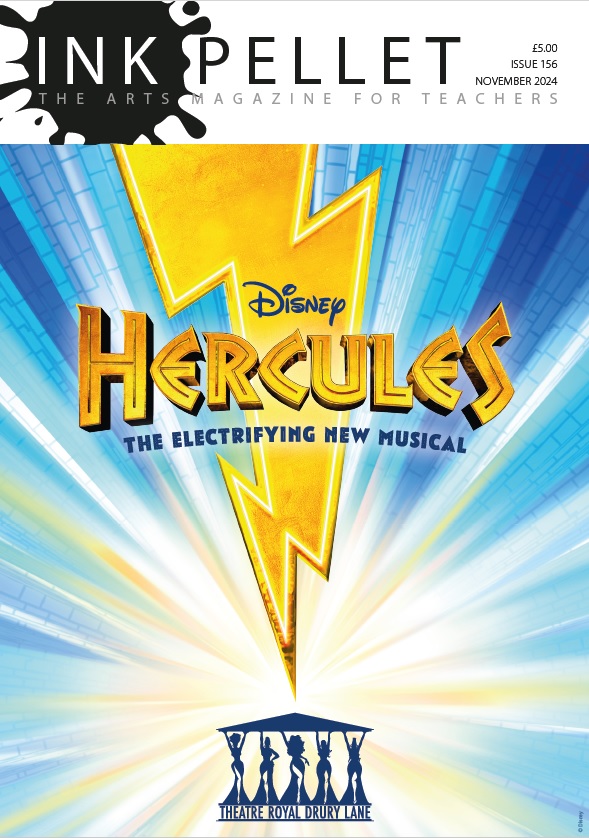Lighting technicians are part of the storytelling and show design; and are involved in the buzz of live performance without being in the limelight (pun intended!).
Robin Watkinson, below, is director of courses at the Backstage Academy which offers a range of ground-breaking courses in the technical disciplines of live performance.
He says: ‘For a career in theatre, creative skills are based around your ability to engage with an artistic process, from understanding a script or story, to painting pictures on stage with light. It involves working both with technology and electricity, often working at height and also long hours to meet deadlines (the curtain rises come what may!).’
As with any career in theatre, experience counts as much as qualifications so it is vital that students get as much hands-on practice as possible. Robin advises: ‘It’s vital to have the correct qualification, but experience opens doors for you. Approach your amateur theatre company and offer to help out, do all you can at school and use this experience to persuade your local professional theatre to give you work experience.’
Many schools have well-equipped theatres but if you are investing, LED lights seem to be the way forward. Strathallan School in Scotland recently upgraded its theatre lighting and invested in Philips Selecon’s LED luminaires. Not only do they use less electricity they also produce less heat so actors are cooler on stage. The luminaires are also easy-to-use, allowing pupils to experiment creatively with a professional kit.
The school’s Performing Arts Coordinator is Mary Robertson-Barnett. She said: ‘The lights give us great flexibility in terms of effects which we were not achieving with gels. In addition, the lights remain cool during operation which has improved the performance experience for our pupils. The reduction in electrical consumption achieved through LED is in line with our commitment to reduce power usage.’
Robin adds: ‘I would suggest that kit falls into two areas – the equipment you use onstage, and a simpler set-up in the classroom. New technology means LED theatre lights can display a broad range of colour – a few of these and a simple lighting control desk means students can experiment away from the stage.
‘For the theatre, you should consider things like access – how do you get up to the roof to hang the light, focus it or repair it? Perhaps some lights mounted on a floor stand would suffice – six LED theatre lights (such as the ETC Desire D40 or the Chauvet COLORado), a small dmx lighting console (maybe an ETC Smart Fade ML or Zero 88 Jester ML) and two lighting stands would form a very basic kit that could be moved easily between classroom and stage.’
The Strathallen School use a Philips Strand Lighting 250ML moving light control console featuring an LCD display screen for simple automated lighting and LED control. So what about career training?
For the practical student, there is the BTEC in Production Arts (Lighting) or apprenticeships. For the more academic, Robin advises taking a related subject at A Level like Drama or English, although he adds: ‘Make sure you get some practical experience if studying A Levels.’ Both these routes can be followed up on a foundation or full degree in Lighting or Event Production.
As for careers Robin adds: ‘If you work in a theatre, you might be a technician who runs the show. Maybe you’re more interested in the electrical side – service technicians keep the lighting equipment in working order. You might be very lucky and become a lighting designer or you might seek employment with lighting suppliers.’
For a case study in lighting design visit ww.inkpellet.co.uk For further details on the Backstage Academy and its courses visit www.backstage-academy.co.uk




